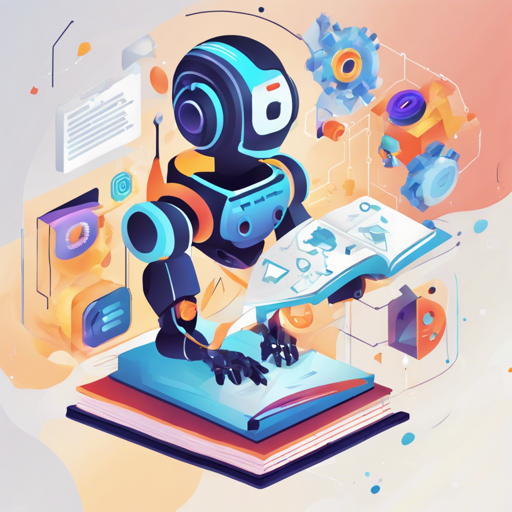Welcome to the world of AI-driven conversational interfaces! In this guide, we’ll explore how to create a dynamic AI chatbot that utilizes various training sources like PDFs, websites, and even YouTube videos. This customizable chatbot leverages the power of OpenAI’s GPT-3.5 model and is designed for users to interact seamlessly. Let’s get started!
Features of the Customizable GPT Chatbot
- Train chatbot from multiple sources (PDFs, documents, websites, YouTube videos)
- User system with social authentication through Google
- Connects with OpenAI’s GPT-3.5 language model for conversations
- Utilizes Pinecone and FAISS for vector indexing
- Employs OpenAI’s text-embedding-ada-002 for text embedding
- Python Langchain library for file processing and text conversion
- Scalable architecture with separate settings for local, staging, and production environments
- Dynamic site settings for title and prompt updates
- Multilingual support
- PostgreSQL database support
- Celery task scheduler with Redis and AWS SQS options
- AWS S3 bucket support for scalable hosting
- Easy deployment on Heroku or AWS
Technologies Used
- Language: Python
- Framework: Django REST Framework
- Database: PostgreSQL
Setting Up Your Chatbot: Step-by-step Instructions
1. Clone the Repository
Start by cloning the project repository using Git:
git clone https://github.com/shamspias/customizable-gpt-chatbot2. Install Required Packages
Navigate to the project folder and install the necessary Python packages:
pip install -r requirements.txt3. Run Celery Worker
In another terminal window, run the Celery worker:
celery -A config worker --loglevel=info4. Start the Django Server
Finally, run the Django server:
python manage.py runserverNow, you can access your chatbot by opening http://127.0.0.1:8000 in your web browser.
Additional Installation Steps for Linux and Mac Users
- Make sure to install the development libraries for libcurl:
sudo apt-get install libcurl4-openssl-dev gcc libssl-dev -ypip install --upgrade pip setuptoolspip install pycurlDeploying Your Chatbot
You can deploy your chatbot on Heroku or AWS by following the standard processes for deploying Django applications. Make sure to configure environment settings appropriately.
Troubleshooting Common Issues
- If you don’t need AWS SQS, there’s no need to install the pycurl and boto3 packages.
- If you won’t be using AWS S3, skip the installation for django-storages.
For more insights, updates, or to collaborate on AI development projects, stay connected with fxis.ai.
Conclusion
By following these steps, you will have a fully functional dynamic AI chatbot that adapts to your content needs. Continue to expand and customize your chatbot to explore its full potential!
At fxis.ai, we believe that such advancements are crucial for the future of AI, as they enable more comprehensive and effective solutions. Our team is continually exploring new methodologies to push the envelope in artificial intelligence, ensuring that our clients benefit from the latest technological innovations.

